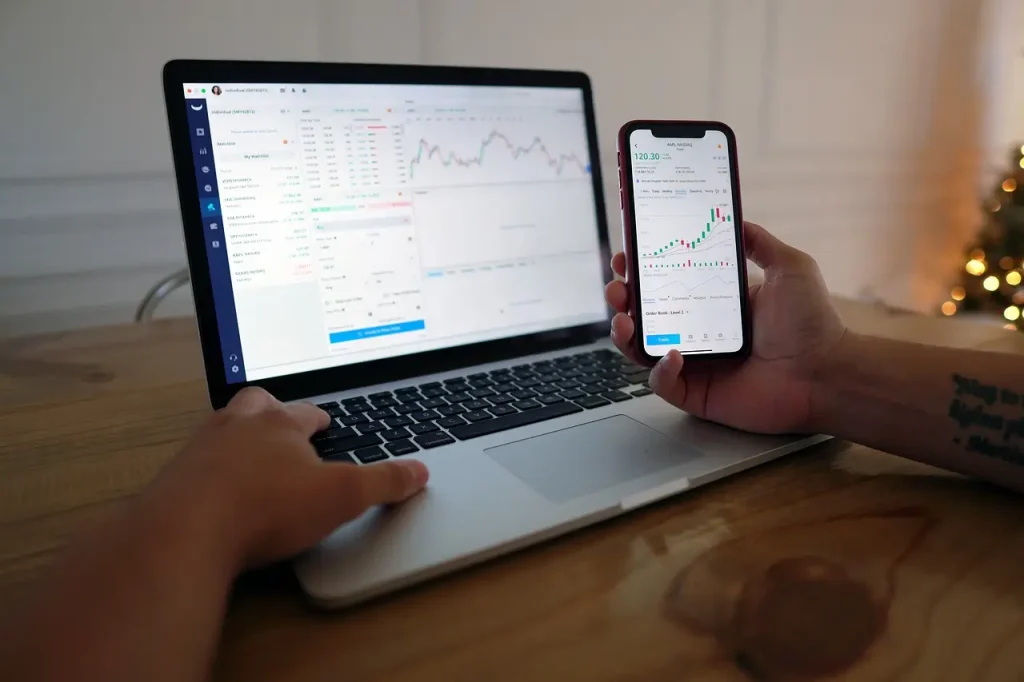The CBOE Volatility Index (VIX) is a market sentiment indicator that measures expected volatility in the S&P 500. In this guide, we’ll explore how the VIX works, its advantages, and the best strategies to use it effectively in trading.
The CBOE Volatility Index (VIX), also known as the “Fear Index,” is a real-time measure of expected market volatility over the next 30 days. It is calculated from S&P 500 options prices and reflects the level of investor uncertainty in the stock market.
The VIX is derived using the Black-Scholes options pricing model and tracks implied volatility:
VIX = Annualized Volatility of S&P 500 Index Options
Traders use VIX levels to gauge market sentiment:
Trading Tip: When VIX spikes suddenly, markets may be near a bottom due to panic selling.
Divergence between the VIX and stock prices can signal market turning points:
VIX movements correlate with demand for safe-haven assets like:
Pairing VIX with a moving average (e.g., 20-day SMA) helps confirm trends:
✅ Pros:
❌ Cons:
The CBOE Volatility Index (VIX) is an essential market sentiment indicator that helps traders and investors gauge risk, volatility, and investor fear levels. When combined with technical analysis and safe-haven assets, the VIX can improve market timing and risk management strategies.
Join thousands of traders who trust VantoFX as their top trading provider. Experience the difference – trade with the best.
Don’t know which account will be best for you? Contact us.

Trading over-the-counter derivatives involves leverage and carries significant risk to your capital. These instruments are not appropriate for all investors and could result in losses exceeding your original investment. You do not possess ownership or rights to the underlying assets. Always ensure you are trading with funds you can afford to lose.